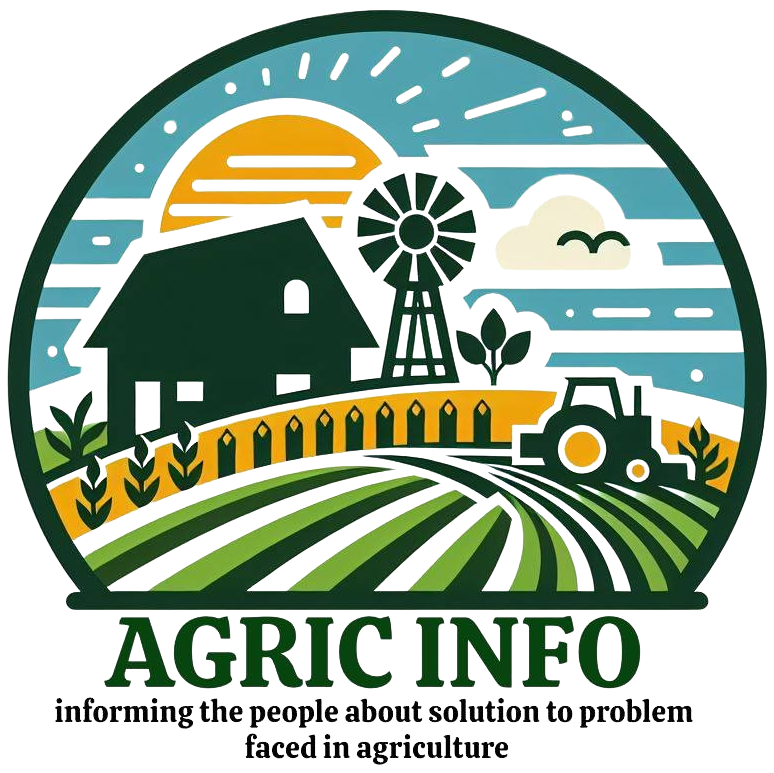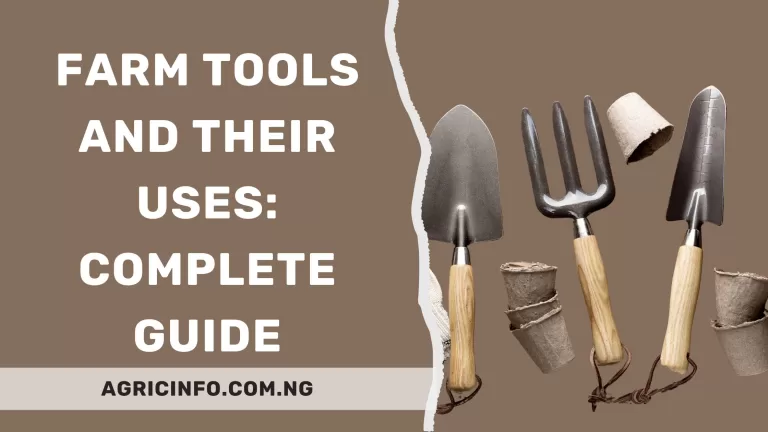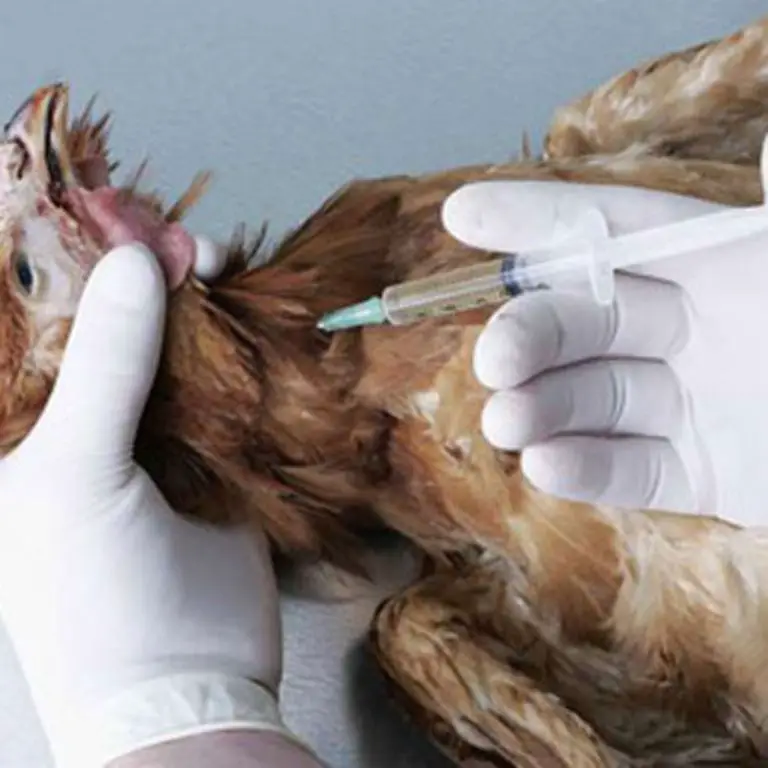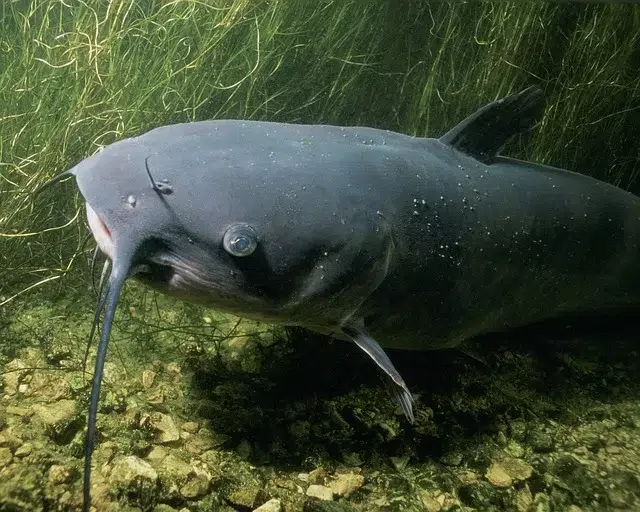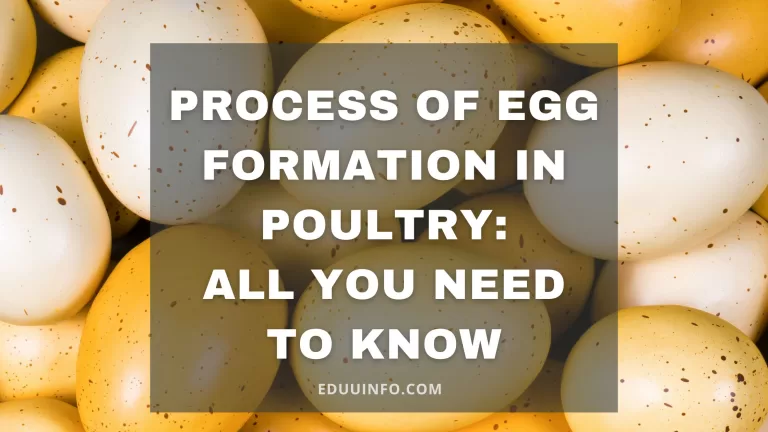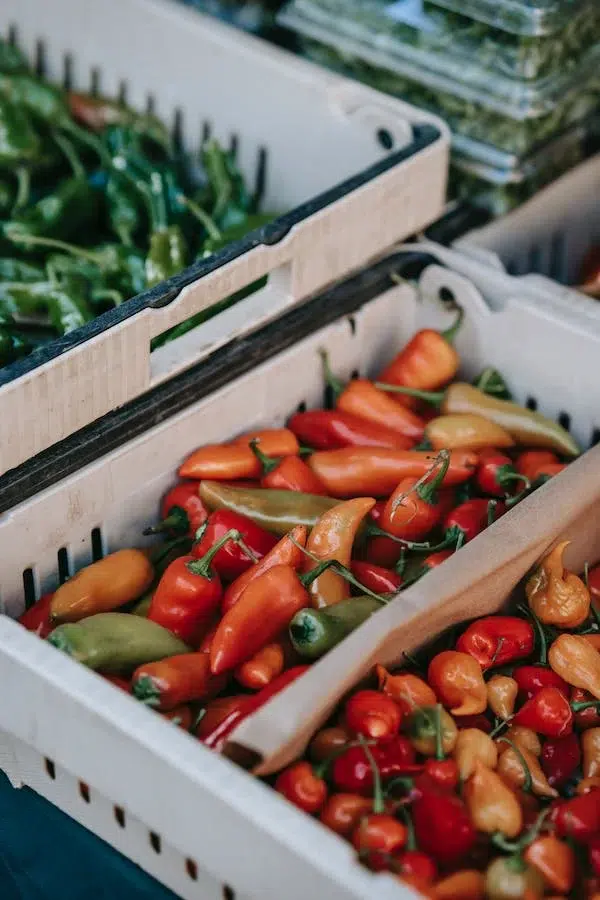Irish Potato Farming in Nigeria
Currently, Irish potato farming in Nigeria has gained significant attention as a potential solution to the country’s food insecurity and dependence on imported foods.
The Irish potato, also known as the common potato, is a staple food crop in many parts of the world, and its cultivation in Nigeria has the potential to provide a reliable source of food, income, and employment for farmers.
In this article, I will unveil information on Irish Potato Farming in Nigeria, starting from the benefits and challenges of Irish potato farming in Nigeria, as well as details.
Benefits of Irish Potato Farming in Nigeria
Below are the four (4) benefits of Irish Potato Farming in Nigeria:
- High Yields
- Nutritional Value
- Export Potential
- Climate Resilience
1. High Yields
Irish potatoes have high yields per hectare, making them a profitable crop for farmers. According to the National Root Crops Research Institute (NRCRI), Umudike, a hectare of Irish potatoes can yield up to 20 tonnes. This high yield is because Irish potatoes are grown using modern farming techniques such as soil testing, crop rotation, and improved seed varieties.
2. Nutritional Value
Irish potatoes are rich in vitamins C and B6, potassium, and fiber. They are also low in fat and calories, making them a healthy food choice for consumers. This nutritional value makes Irish potatoes an ideal substitute for other staple crops, such as yam and cassava, which are often high in carbohydrates but low in essential nutrients.
3. Export Potential
The demand for Irish potatoes in Europe and other international markets is high, allowing Nigerian farmers to earn foreign exchange through exports. This export potential is because Irish potatoes meet the quality standards global markets require.
4. Climate Resilience
The Irish potato has a shorter growing cycle than other crops, such as yam and cassava, which makes it more resilient to climate change and pests. This resilience is because Irish potatoes can be grown using modern farming techniques such as crop rotation and the use of improved seed varieties, which help to reduce the impact of pests and diseases on yields.
Types of Potatoes
Potatoes are a versatile and nutritious vegetable with various types, each with unique texture, flavor, and culinary uses.
Below are some common types of potatoes:
- Russet Potatoes (Baking Potatoes
- Yukon Gold Potatoes
- Red Potatoes
- Sweet Potatoes
- Irish Potatoes
Russet Potatoes (Baking Potatoes)
Russet potatoes, or Idaho potatoes, are the most commonly used for baking, frying, and mashing. They have a dry, fluffy texture and a neutral flavor that makes them perfect for absorbing the flavors of other ingredients. Russets are high in starch and low in moisture, which gives them a mealy texture when cooked. This makes them ideal for baking or frying because they hold their shape well and don’t fall apart. They’re also great for mashing because they produce a smooth, fluffy texture.
Yukon Gold Potatoes
Yukon Gold potatoes have a buttery, waxy texture and a slightly sweet flavor that makes them perfect for boiling, roasting, or sautéing. They’re low in starch and high in moisture, which gives them a creamy texture when cooked. Yukon Golds are also less likely to break apart when boiled or roasted, making them an excellent choice for dishes that require a firm surface.
Red Potatoes
Red potatoes have a thin skin and a creamy texture with a slightly sweet flavor. They’re high in moisture and low in starch, which gives them a tender texture when cooked. Red potatoes are perfect for boiling, roasting, or grilling because they hold their shape well and don’t fall apart like other types of potatoes. They’re also less likely to become mushy when boiled or roasted because of their low starch content.
Fingerling Potatoes
Fingerling potatoes come in various colors and have a firm texture and a nutty flavor. They’re low in starch and high in moisture, which gives them a crispy texture when cooked. Fingerlings are perfect for roasting or grilling because they hold their shape well and don’t fall apart like some other types of potatoes. They’re also less likely to become mushy when boiled or roasted because of their low starch content.
Sweet Potatoes
Sweet potatoes are not actual but root vegetables related to the Morning Glory family. They have a sweet flavor and a moist texture with a slightly crispy outer layer. Sweet potatoes are rich in vitamins A and C and are often roasted, baked, or mashed because they hold their shape well and don’t fall apart like other types of potatoes.
Irish Potato (Solanum tuberosum)
This is the most widely grown potato species in Nigeria. It is used for fresh consumption and processing into chips, crisps, and flour. The Irish potato is produced in all agroecological zones of Nigeria, but it thrives best in cooler highlands.
Others may include:
- Adirondack Blue Potatoes
- Purple Majesty Potatoes
- Caribe Potatoes
- Purple Peruvian Potatoes
- Jewel Yams
- Garnet Yams
- Kennebec Potatoes
- White Potatoes, etc.
Also read:Sweet Potato Farming in Nigeria 2024: Best Guide
Challenges Faced by Potato Farmers
Below are the challenges that potato farmers face:
1. Pests and Diseases
Irish potatoes are susceptible to pests and diseases such as potato cyst nematodes (PCN), late blight, and wireworms. These pests can cause significant losses if not properly managed. For example, PCN can reduce yields by up to 80%, while late blight can cause complete crop failure if not adequately handled.
2. Soil Quality
The success of Irish potato farming depends on the quality of the soil. Farmers need to ensure that the earth is well-drained, has a good structure, and is rich in organic matter. This can be a challenge in some areas of Nigeria where the soil is poor quality or degraded by erosion or other factors.
3. Access to Inputs
Farmers need access to high-quality seeds, fertilizers, and other inputs to ensure a successful harvest. However, these inputs can be expensive and may not be readily available in some areas of Nigeria due to poor infrastructure or lack of access to credit facilities.
wrap up
Irish potato farming in Nigeria has the potential to contribute significantly to food security, income generation, and rural development. The favorable climate, soil types, and market demand make Nigeria an ideal location for Irish potato cultivation.
However, challenges such as pests and diseases, low yields, and lack of access to improved varieties and technologies must be addressed through research, extension services, and policy interventions.
In addition, collaboration between stakeholders, including farmers, researchers, processors, and policymakers, is crucial to ensure the sustainability and competitiveness of Irish potato farming in Nigeria.
